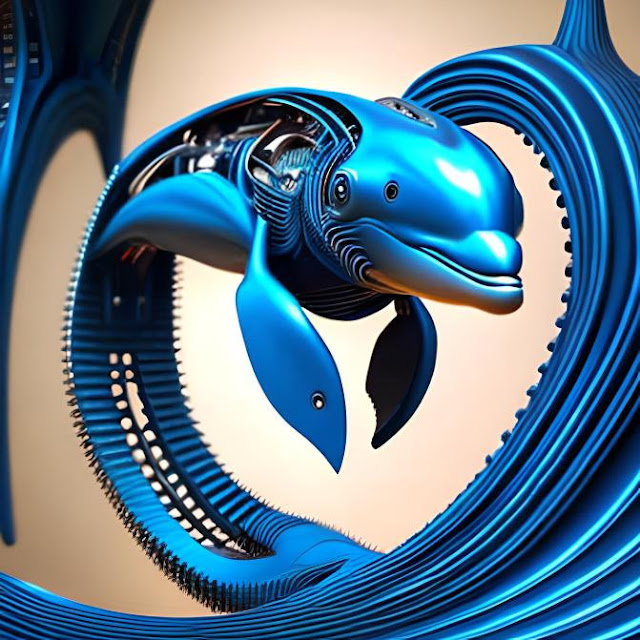Reading is a captivating experience that takes us on unique journeys, stimulating our imagination and broadening our horizons. However, some discussions have arisen regarding the nature of reading and the concept of conscious visualization. In this article, we aim to explore the diverse ways in which individuals engage with reading, while clarifying certain misconceptions.
1. The Essence of Reading: Reading is an active process that involves decoding written symbols and comprehending their meaning. It is a personal experience, shaped by our individual backgrounds, emotions, and cognitive abilities.
2. Visualization and Reading: When we read, our minds have the capacity to create mental images based on the words and descriptions provided by the author. This process, often referred to as conscious visualization, can enhance our connection with the story. It is crucial to note that conscious visualization is a deliberate and voluntary act, distinct from hallucinations that occur without external stimuli.
3. Perspectives on Visualization: While conscious visualization is a common experience for many readers, it is essential to acknowledge that not all individuals engage in this practice. Some readers may have different ways of interpreting and experiencing a story, which may or may not involve conscious visualization. It is crucial to respect and embrace these diverse perspectives.
4. The Relationship Between Visualization and Reading: The act of reading is not solely reliant on conscious visualization. It encompasses a range of cognitive processes, such as comprehension, inference, and interpretation. These processes contribute to our understanding and engagement with the text, regardless of whether conscious visualization is involved.
5. Embracing Individual Experiences: Reading is a deeply personal journey, and the way we experience and interpret a story varies from person to person. Our unique perspectives and backgrounds shape our understanding, making each reading experience special and valid in its own right. By embracing these individual experiences, we can foster a richer appreciation for the diverse ways in which reading impacts our lives.
Reading is a gateway to endless possibilities, an opportunity to explore new worlds and connect with different perspectives. While conscious visualization is one way to engage with a story, it is important to recognize that not all readers rely on this practice. By embracing and respecting the diverse ways in which individuals experience reading, we can celebrate the richness and beauty of the written word.























